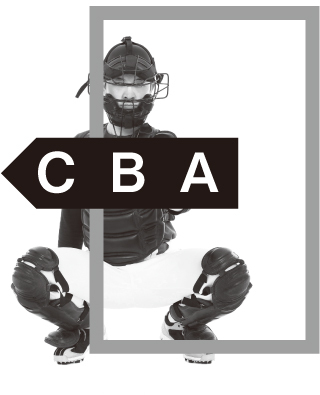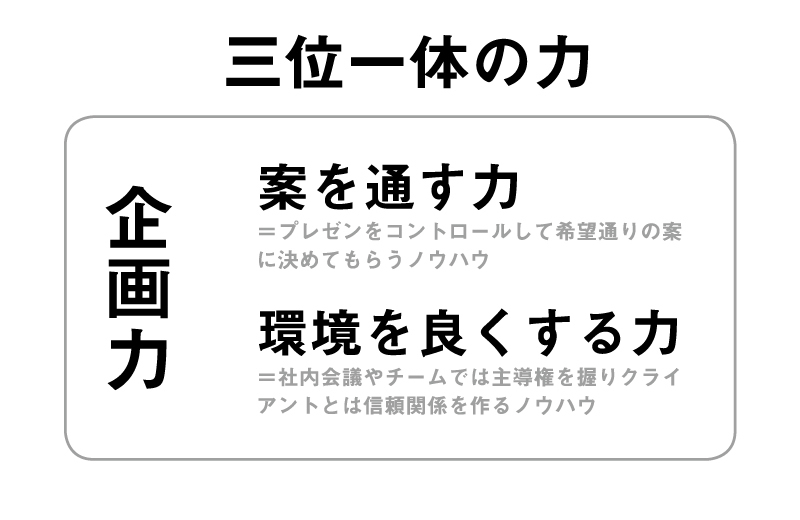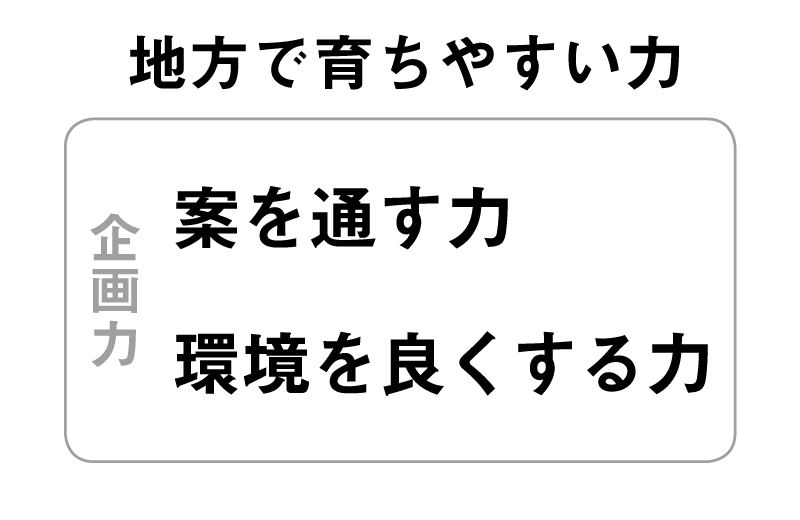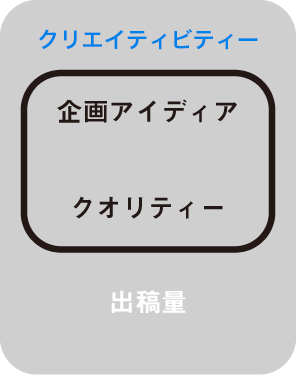My name is Takanori Nakao from Dentsu Inc. CDC. I'll be serializing columns from my book , "That Project Can Be More Interesting," over six installments.
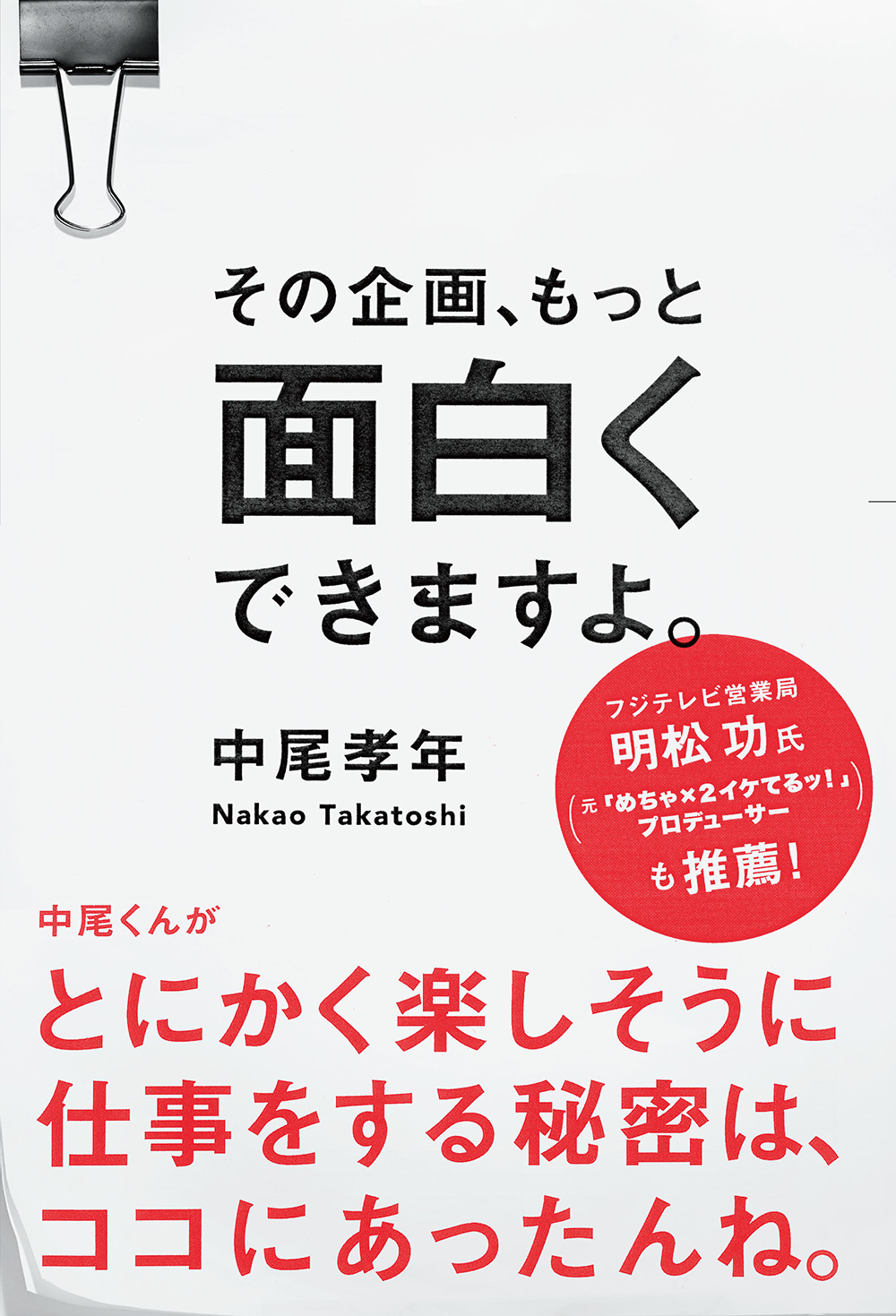
While space is limited, I'll do my best to share as much as possible from the book. Wait a minute... But... If I really reveal everything here... No one will buy the book! That's a problem. So, I'll share just enough (laugh).
From ABC-Type Proposals to CCC-Type Proposals
When I was a rookie, senior creative directors (CDs) and sales managers often told me things like this:
"I can see the client's strike zone. That's why I don't make wild proposals like you do. I hit them right in the sweet spot and have kept them as clients for years!"
That's completely wrong. People who can propose and deliver "interesting" ideas have a much clearer view of the client's strike zone than those who only propose "safe, boring ideas" that hit the sweet spot.
Those who can only throw right down the middle only see the strike zone vaguely. That's why they have no choice but to throw right down the middle. Those who can propose and realize "interesting" ideas see the strike zone clearly. That's why they can propose and realize the "most interesting" right on the edge of the zone.

Image: 123RF
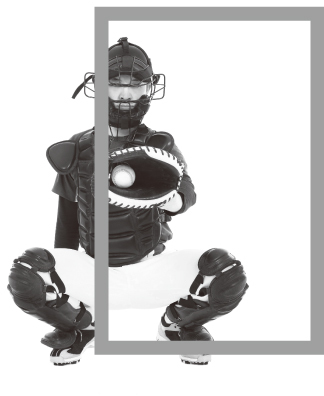
And the ABC-style proposal is what people who can only throw right down the middle do.
An ABC-type proposal is a gradient proposal that starts with the center proposal—commonly called Plan A—and shifts from A→B→C. Since this gradient exists within the same conceptual framework, its direction is essentially the same as presenting just one proposal. In reality, it only covers a narrow range. Plan A ends up looking boring, Plan C looks unreasonable, and the cautious Japanese inevitably choose the middle Plan B.
A CCC-type proposal involves presenting multiple super interesting options—commonly called Plan C. While each option's scope might be narrow, their distinct appeal creates a genuine three-option direction—actually covering a wide range.
You too can realize "interesting" projects with CCC-type proposals!
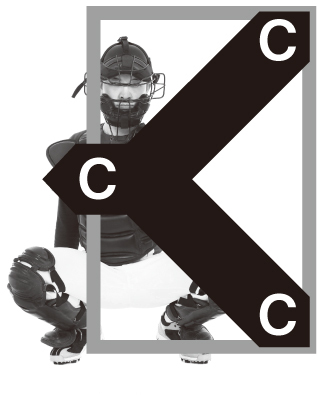
The Misconception That "Interesting = Planning Ability"
When I give talks, I often get asked, "How do you come up with 'interesting' projects?" And I realized something: a huge number of people mistakenly equate "interesting" with planning ability. You might be surprised, but planning ability alone isn't enough to create buzzworthy ads. On top of that, the ability to get ideas approved and the ability to improve the environment—in other words, execution ability—is essential.
A common pattern among young Tokyo creatives working under famous CD or star creators is that their planning skills grow rapidly while the other two abilities—execution power and the ability to improve the environment—lag behind.
Why? Because getting ideas approved by a star is incredibly tough. They're constantly pushing themselves to the limit to come up with "interesting" ideas, so their planning skills grow rapidly. In contrast, the star uses their star power to get ideas approved internally with sales or clients, making it hard for the ability to get ideas approved and the skill to improve the environment to develop.
However, I started at the Chubu branch. While I was fortunate to have kind seniors and a wonderful, supportive boss who looked out for me, unfortunately, the Chubu branch at that time didn't have any superstars whose names were known nationwide. This meant that from a young age, my two abilities—the ability to get ideas approved and the ability to improve the environment—became exceptionally strong.
Without the backing of a star, I had to constantly devise all sorts of ways to take the initiative within the company and get "interesting" proposals approved by clients.
So what exactly are these abilities to get ideas approved and improve the environment?
One key element is the ability to explain "interesting" logically, not just intuitively. You use various methods: drawing comparisons, making analogies, and so on. When people understand it logically rather than just intuitively, their anxiety disappears, making it easier to explain to superiors, and that "interesting" proposal gets approved.
But honestly, the ability to get ideas approved and improve the environment involves many other factors too—it's an incredibly complex combination of skills that I can't cover fully here. For details, check out my book (lol).
The Three Major Elements of Advertising
Oh, the three major elements of advertising? I just made that name up. Advertising has three major elements: "concept idea," "quality," and "volume of placements. " Creativity is determined by the "concept idea" and "quality."
"Quality" and "volume of placements" determine the sense of being mainstream.
Here's what you need to watch out for: Tokyo commercials, where top-tier staff gather and budgets are decent, often have guaranteed quality and volume. As a result, even if the creative concept isn't that strong, the commercial can still end up with plenty of major appeal. I call these ads zero creative, 100 major ads.
Zero-creativity ads fail to captivate viewers, so they need massive volume to imprint themselves. Because the quality is high, the creator mistakenly believes they've done "first-rate work," leading them to create yet another zero-creativity ad. It's a vicious cycle! Zero creativity is absolutely unacceptable!
This is purely my personal opinion, but yes, that's all for this time.
Next time, I'll reveal an unprecedentedly disastrous proposal!




